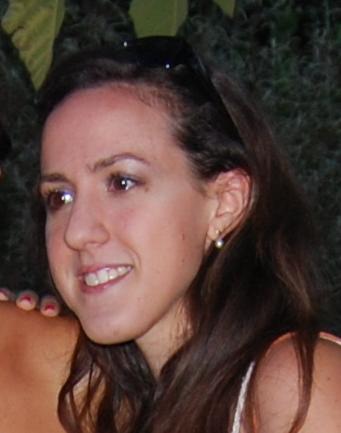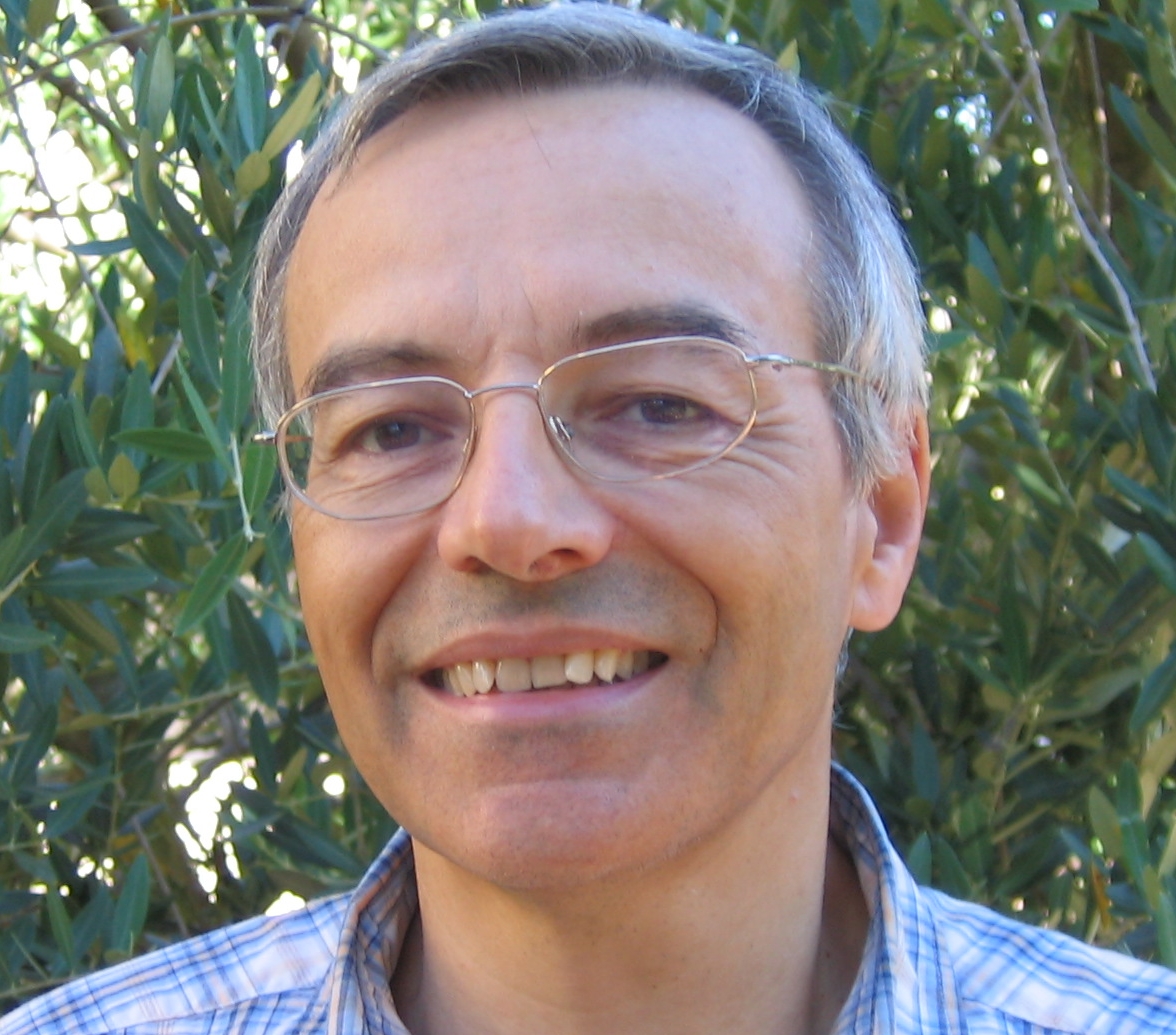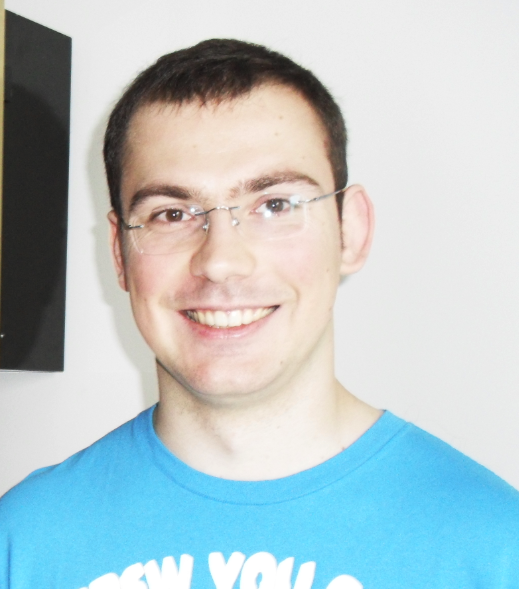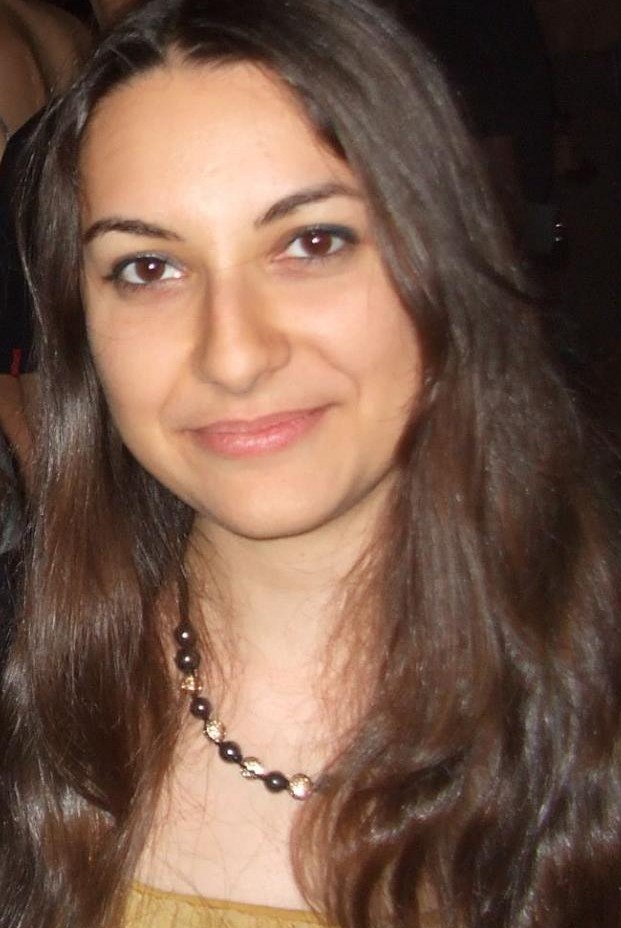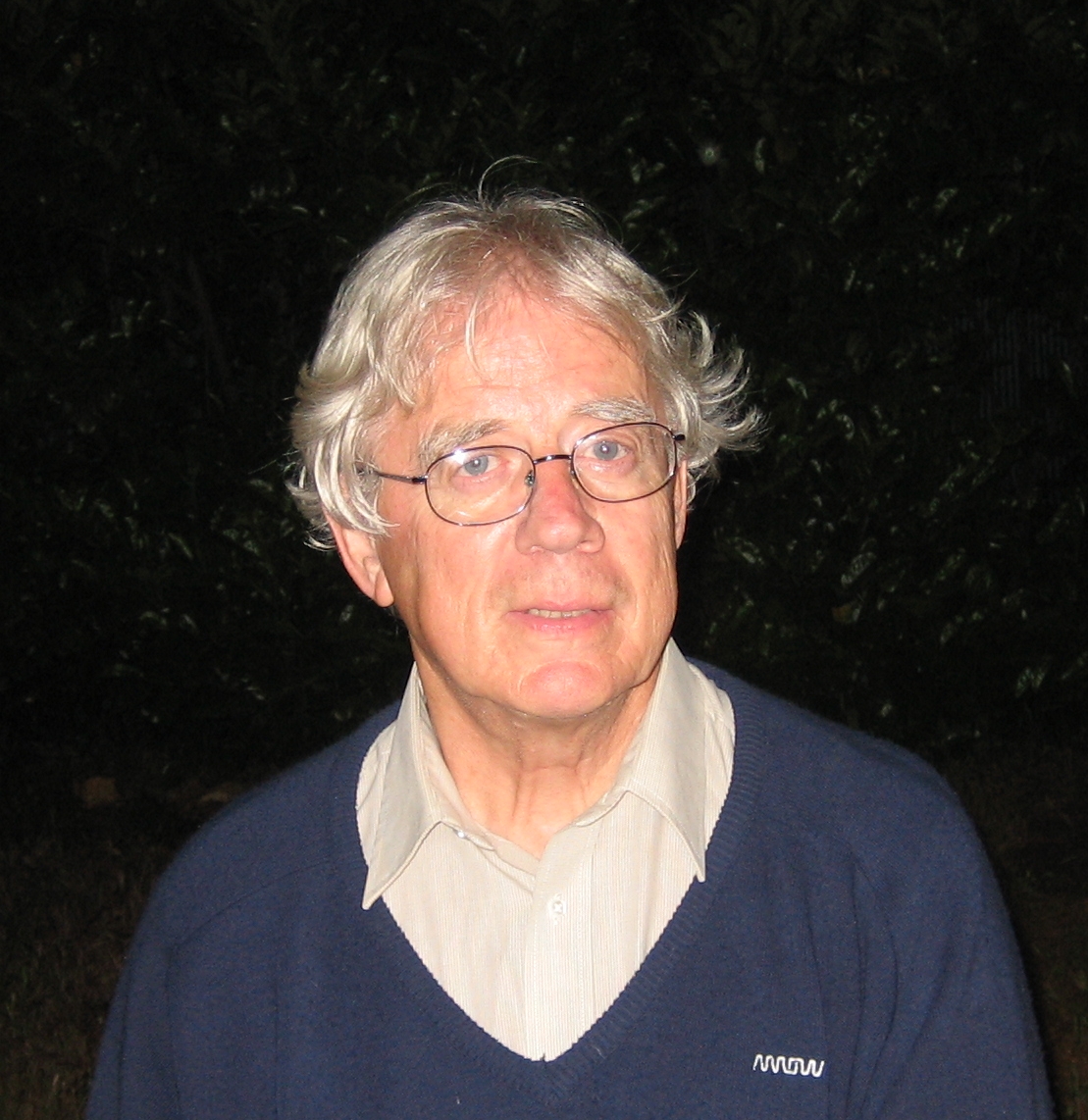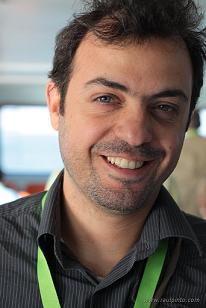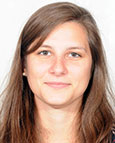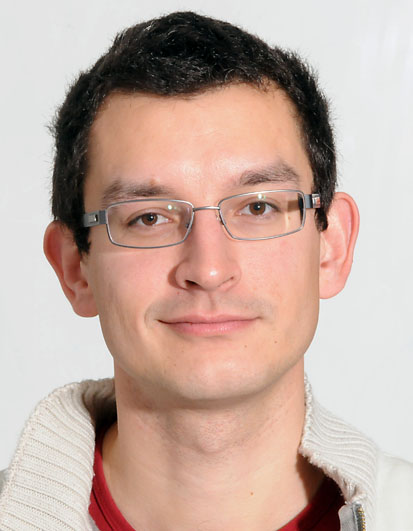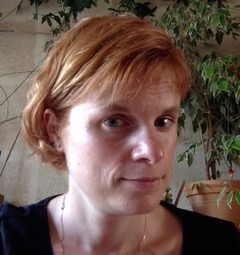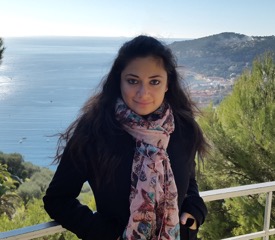

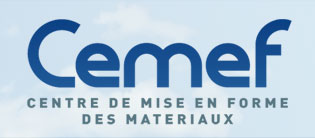
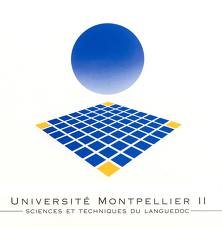

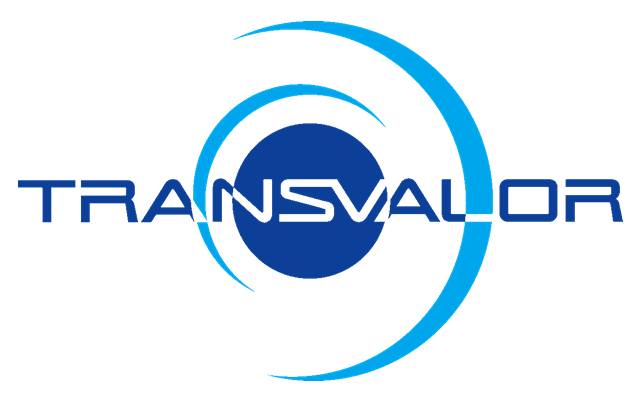
- Project Number : ANR-13-MONU-0010
- Duration : 48 months
- Starting date: 01/10/2013
- This work was partly done in the MAIDESC ANR project which is supported by the french ministery of Research under contract ANR-13-MONU-0010.
- The authors gratefully acknowledge GENCI for granted access to HPC resources through IDRIS (France) and CINES (France).
- This work was partly done in the UMRIDA project which is supported by the European Commission under contract No. ACP3-GA-2013-605036.
Project's initial programme (2013):
Mesh adaptive numerical methods have been recently developed with a considerable success. They allow computations which are not possible without mesh adaptation. The teams of the proposing consortium are among those who have contributed to important recent advances in the field. They have converged towards a common framework and are in position, by combining their competence, to make breakthroughs, in both methods and applications. A fundamental factor is that this framework offers high-order convergence in singular cases where the other approximation methods do not. We address in the proposed research several well identified main obstacles in order to maintain a high-order convergence for unsteady Computational Mechanics involving moving interfaces separating and coupling continuous media. A priori and a posteriori error analysis of Partial Differential Equations on static and moving meshes will be developed from interpolation error, goal-oriented error, and norm-oriented error. From the minimization of the chosen error, an optimal unsteady metric is defined. The optimal metric is then converted into a sequence of anisotropic unstructured adapted meshes by means of mesh regeneration, deformation, high stretching, and curvature. A particular effort will be devoted to build an accurate representation of physical phenomena involving curved boundaries and interfaces. In association with curved boundaries, a part of studies will address third-order accurate mesh adaption. Mesh optimality produces a nonlinear system coupling the physical fields (velocities, etc.) and the geometrical ones (unsteady metric, including mesh motion). Parallel solution algorithms for the implicit coupling of these different fields will be developed.
Main advances at end of project (2017):
The need of a better following of boundary layers and interfaces has lead to the development of a new generation of unstructured mesh generators, of metric-orthogonal type [43,44]. Metric-orthogonal meshes allow obtaining much higher stretching, in better accordance with the metric, while maintaining a accuracy for the underlying approximation. This new type of mesh carries important improvements for interfaces (T4-D6) and boundary layers [45]. More precisely, one of them has been tranfered to one of the industrial partners and introduced in an industrial mesh adaption loop for the calculation of the evolution of an interface in a dam break (T4-D6; cooperation INRIA-Gamma3/Lemma).
A novel goal-oriented method for the Navier-Stokes system has been specified for compressible flow simulation [45] . It has been combined in a demonstrator with one of the new metric-orthogonal mesh generator. (cooperation INRIA-Ecuador/INRIA-Gamma3 and cooperation with Paris 6) A novel norm-oriented formulation [32] for mesh adaptation has been introduced. A norm-oriented formulation for 3D flows has been developed and demonstrated [22] for 3D flows (cooperation INRIA-Ecuador/INRIA-Gamma3 ). A method for the extension of goal-oriented anisotropic adaptation to third-order has been proposed [44]. According to a reviewer of the paper, "The extension to a 3rd order accurate scheme is non-trivial and the approach proposed is unique and a valid contribution". (cooperation INRIA-Ecuador/INRIA-Gamma3/Lemma and cooperation with Paris 6). A second method specifies an optimal metric for interpolation errors of any order in [47]. A method combining mesh adaptation and full-multi-grid has been proposed, developed and demonstrated [IJNMF 2015]. This method developed by INRIA-Ecuador uses the software of INRIA-Gamma3 and has been transfered, extended to 3D and parallelized by Lemma in collaboration with INRIA-Ecuador. Most of these novelties has been identified as important in the Vision 2030 paper (referenced at end of this paragraph). A synthesis has been proposed between the tensorial method and the continuous metric method [33](Synthesis between the method of Cemef and the method of INRIA) . A new explicit multirate time-advancing method has been developed [26]. The goal was to propose a method which is simple and extendable to complex flow models. The multirate idea allows to reduce the CFD time-step limit to a small part of the computational domain. It can be useful for many flow problems and can play a role for reducing the complexity of unsteady mesh-adaptive algorithms. The proposed algorithm is a predictor-corrector one in which the predictor uses larger time steps thanks to the aggomeration of small neighboring cells. The method has been introduced in the massively parallel CFD code AIRONUM. It has been applied and tested for a set of turbulent flows computed with LES, VMS, dynamic VMS and hybrid turbulence models. This shows the viability of the method for industrial type calculations. Results show good robustness and accuracy properties together with a gain in efficiency which depends of an adequate mesh partition (T5-D2 and thesis of E. Itam; cooperation between Montpellier, Lemma and INRIA-Ecuador). A new approach for constructing and untangling curved simplicial meshes that fit exactly to a geometrical boundary defined using quadratic Bézier patches has been developed by Bordeaux. The method comprises two main ingredients: a linear elasticity analogy for untangling volume elements on the one hand and a local topological optimization for resolving invalid surface elements on the other hand. Starting from a linear mesh with a quadratic curved boundary, the first step of the algorithm consists in untangling surface mesh elements. In this phase, the problem is cast as a constrained optimization one whereby the worst element's quality is improved iteratively under the constraint of maintaining valid neighboring elements. The problem is then reformulated as an unconstrained optimization through the use of a log-barrier method. The second step of the algorithm involves propagating the curvature to the volume of the domain via a linear elasticity analogy resulting in a valid volume mesh. This method has been validated on two and three dimensional complex geometries. Cemef-Ecole des Mines de Paris has proposed a novel anisotropic boundary layer mesh adaptation procedure for immersed geometry . It is based on the use of multi-levelset method to locate the boundary layer, to control the mesh size distribution, shape and orientation ensuring a smooth gradation. Taking into account the physical parameters for the simulation and the curvature of the geometry, the numerical 2D and 3D applications show that, starting from an arbitrary coarse domain, it provides accurate representation of the immersed interfaces and their boundary layers for complex geometries. More specifically, when the solution displays anisotropic behaviour, we combine it with an edge based error estimator and dynamic anisotropic mesh adaptation to detect automatically all flow features under the constraint of a fixed number of elements. Some applications in aerodynamics at high Reynolds number for the prediction of the drag and lift coefficients as well as complex gas-solid-liquid flows are proposed and validated. These developements were also used of contributing to Maidesc test cases. The goal for Transvalor was to simulate a rotating wind mill. It is now a success; the results of this simulation can be seen in the video library of the web site. The project lead us from a starting idea to a fully operational solution. Collaborating with the partners of the project suggest us some features which will be added in the library. As a second contribution, Transvalor developed further its cloud platform Aeromines. https://aeromines.com/ When Maidesc started, the Aeromines cloud platform was just a proof of concept for Transvalor. By the end of the project, it is a fully running online CFD cloud platform including several standard benchmarks and validations. Aeromines CFD library has been validated by comparison with Lemma's computation of the same mesh adaptive test case ( cooperation TSV-Lemma ).Partners and teams:
Ecuador, INRIA Sophia-Antipolis (Coordinator):
GAMMA3, INRIA Rocquencourt :
ACSIOM, Université de Montpellier 2 :
Société Lemma, Sophia-Antipolis:
CEMEF, Ecole des Mines de Paris, Sophia-Antipolis:
Transvalor:
Bacchus, INRIA Bordeaux:
Société Lemma, Sophia-Antipolis:
CEMEF, Ecole des Mines de Paris, Sophia-Antipolis:
Transvalor:
Bacchus, INRIA Bordeaux:
KICK OFF MEETING, 21/11/2013
SIXTH MONTH MEETING, 09/04/2013
Sixth-month short report:
CEMEF:
Une investigation extensive des outils numérique de CimLib a été réalis ée. Dans le contexte du projet ANR MAIDESC, il est envisagé avec les partenaires de développer les méthodes d'adaptation multi-échelles et multi-physique (Interaction Fluide/Structure). Cela passe nécessairement par l'étude approfondie de la couche limite. Le couplage du solveur éléments nis stabilisés VMS avec l'adaptation de maillage anisotrope dynamique s'avère être un outil performant pour capturer toute uctuations dans la solution. En revanche, les résultats montrent qu'elle n'est pas adaptée aux couches limites turbulentes. La métrique a priori est simple d'utilisation mais, de même, pour un écoulement turbulent (haut Reynolds) des failles apparaissent, notamment sur la transition de la couche limite au reste du domaine. Finalement, une nouvelle métrique a été développée pour combler les failles des méthodes précédentes. Cette métrique a un grand potentiel pour attaquer des problèmes complexes. L'idée à terme est de réussir à coupler cette métrique avec la métrique a posteriori dynamique [21] et le solveur VMS pour des problèmes Fluide/Structure telle que l'éolienne.
TVS:
Depuis le début du projet Transvalor (TSV) a pris en main la librairie de calcul CimLib afin de mettre en place les simulations nécessaires au projet. Une interface graphique a été développée pour faciliter le lancement et le suivi des calculs. Des scripts ont été développés dans cette librairie afin de permettre, par exemple, la rotation d'objets dans le domaine de calcul. TSV avait présenté précédemment les travaux réalisés sur une éolienne 2D en rotation libre (rotation déduite de la résolution des équations de Navier-Stokes). Pour donner suite à ce calcul, l'écoulement autour d'une éolienne verticale en rotation forcée à 45°.s-1 a été réalisé en 3D. L'éolienne de 1.2 m de haut par 0.5 m de diamètre a été mise en rotation dans une pièce fermée. Le remaillage fréquent a permis de ne pas perdre la phase de l'éolienne lors des remaillages mais conduit au ralentissement du calcul. Le cas test 5 D1 (Space time optimal discretization) de ce projet devrait permettre de répondre à ce problème. Dans le même temps, une interface web de lancement de calcul (ou même seulement de maillage) et de visualisation des résultats en direct a été mise en place. Il est ainsi possible de récupérer le maillage du relief sur une zone sélectionnée par l'utilisateur (dans le but de faire un calcul d'écoulement de l'air sur ce relief et d'y ajouter un jour la ou les éoliennes) mais aussi de lancer des calculs simple en 2D comme l'écoulement autour d'un cercle. Après le lancement, des scripts automatiques produisent des images du résultat afin que l'utilisateur puisse vérifier le calcul mais aussi modifier les paramètres en direct le cas échéant.
Lemma:
Lemma a commencé l'adaptation de l'utilisation pour des calculs instationnaires multi-fluide et viscoplastiques du nouvel algorithme de remaillage de l'INRIA. Lemma propose un changement de son cas test industriel, ITC1, qui devient un problème de rupture de digue en 3D proposé par le laboratoire MARINE. Lemma avait calculé ce cas test en 2007. Lemma a réalisé dans le cadre MAIDESC un nouveau calcul du meme cas pour prendre date. Le calcul est beaucoup plus efficace.
INRIA Rocquencourt+Sophia :
INRIA a commencé ses études sur (1) les estimations d'erreur et les correcteurs et (2) de nouveaux opérateurs de génération de maillage pour les phénomenes avec couches limites. Pour (1) une platforme de résolution de problemes elliptiques en multigrilles adaptatives a été développée. Une série de trois cas test a été définie pour cette plateforme. Ils correspondent a trois difficultes en CDFD multifluide: couche limite, discontinuité de masse volumique, couche de Dirac issue de la capillarité. Dans un premier travail l'approche orientée Hessien a été expérimentée. Des estimateurs et correcteur ont été développés. Un second benchmark est en cours sur une approche orientée norme de l'erreur. Pour (2) un nouvele outil de génération de maillage controlé a été développé. Il a été testé sur des problemes notamment de réflexion de chocs.
I3M Montpellier :
Un travail de bibliographie sur les schémas d'avancement en temps multirate a été réalisé. L'objectif est de sélectionner, parmi les nombreuses approches multirate développées, la stratégie qui est la plus adaptée pour résoudre nos problèmes d'EDO issus de la semi-discrétisation des équations de Navier-Stokes. Il est donc en particulier important que le schéma multirate qui sera développé pour nos applications puisse préserver, sous des conditions locales de CFL, les bonnes propriétés de base vérifiées par le schéma de discrétisation spatiale avec une intégration en temps d'Euler explicite : conservativité, principe du maximum, positivité, TVD. Le schéma multirate visé devra aussi être précis à l'ordre 2. D'autre part, nous travaillons sur le cas test du cylindre circulaire à nombre de Reynolds 1 million. Ce problème d'écoulement, de par la présence de fines couches limites, nous permettra d'évaluer les performances du schéma multirate que nous implémenterons dans le code de calcul parallèle d'écoulements fluides AIRONUM partagé avec l'INRIA Sophia-Antipolis. Il nous permettra aussi d'évaluer l'approche de reconstruction quadratique CENO pour la discrétisation des termes hyperboliques, approche développée et actuellement implémentée dans AIRONUM avec l'INRIA Sophia-Antipolis. Pour réaliser une simulation à la fois précise et raisonnablement coûteuse de ce type d'écoulement à grand nombre de Reynolds, il est important de pouvoir mettre en oeuvre un modèle de turbulence hybride. Nous travaillons donc aussi sur une méthode hybride qui combine les approches RANS et VMS-LES, toujours en partenariat avec l'INRIA Sophia-Antipolis, dans le but de pouvoir simuler efficacement et avec une bonne précision ce type d'écoulement.
INRIA Bordeaux:
INRIA B a travaillé sur les maillages d'ordre élevé. Partant d'un maillage simplicial classique (droit), INRIA B propose une méthode permettant de le rendre courbe d'ordre 3. Cette méthode est basée sur la résolution des équations d'élasticité linéaire avec des conditions aux limites de Dirichlet. Cette méthode a été testée sur de nombreuses géométries et des cas tests de mécaniques de fluides compressibles ont été mis en oeuvre. Cette méthode s'appuie sur l'hypothèse que le maillage de frontière initial définie une surface courbe valide. Malheureusement ce n~est pas toujours le cas en pratique. INRIA B a donc commencé à chercher à modifier les conditions aux limites des équations d'élasticité linéaire afin de pallier ce problème.
TWELFTH MONTH MEETING, AT CEMEF/Ecole des Mines de Paris, Sophia-Antipolis, oct/20/2014
EIGHTEENTH MONTH MEETING, AT INRIA, Rocquencourt, apr/08/2015
- Présentation M18 de Bordeaux (C. Dobrzynski, G. El Jannoun, Curved mesh generation for fluid dynamics problems).
- Présentation M18 de Transvalor Innovations(E. Wey, R. Klein, A. Boilley )
- Présentation M18 de I3M-Montpellier (E. Itam, B. Koobus)
- Présentation M18 de INRIA Rocquencourt1
- Présentation M18 de INRIA Rocquencourt2
- Présentation1 M18 de INRIA Sophia (G. Brethes, Calculs recents en norm-oriented)
- Présentation2 M18 de INRIA Sophia (E. Gauci, Vers l'adaptation de maillage goal-oriented pour une interaction fluide structure)
- Présentation M18 de Lemma
- Présentation M18 du Cemef
- Présentation M18 de ECN
